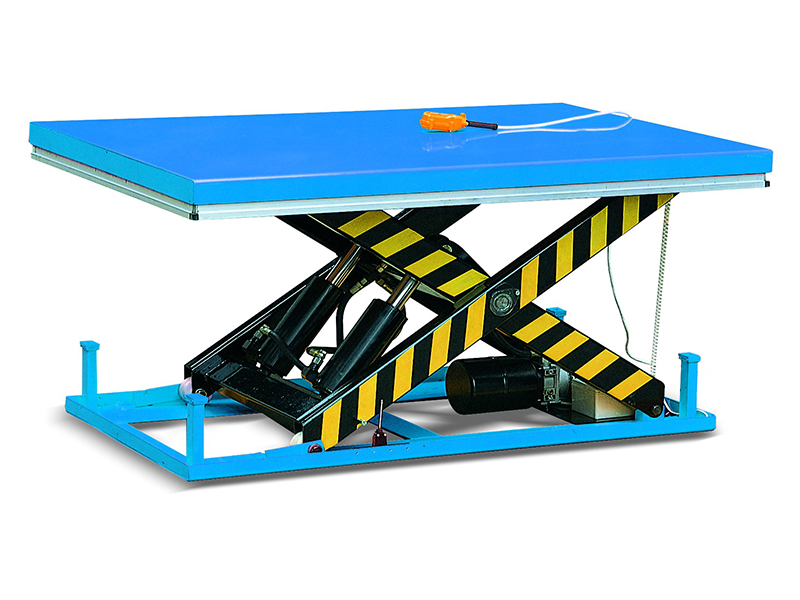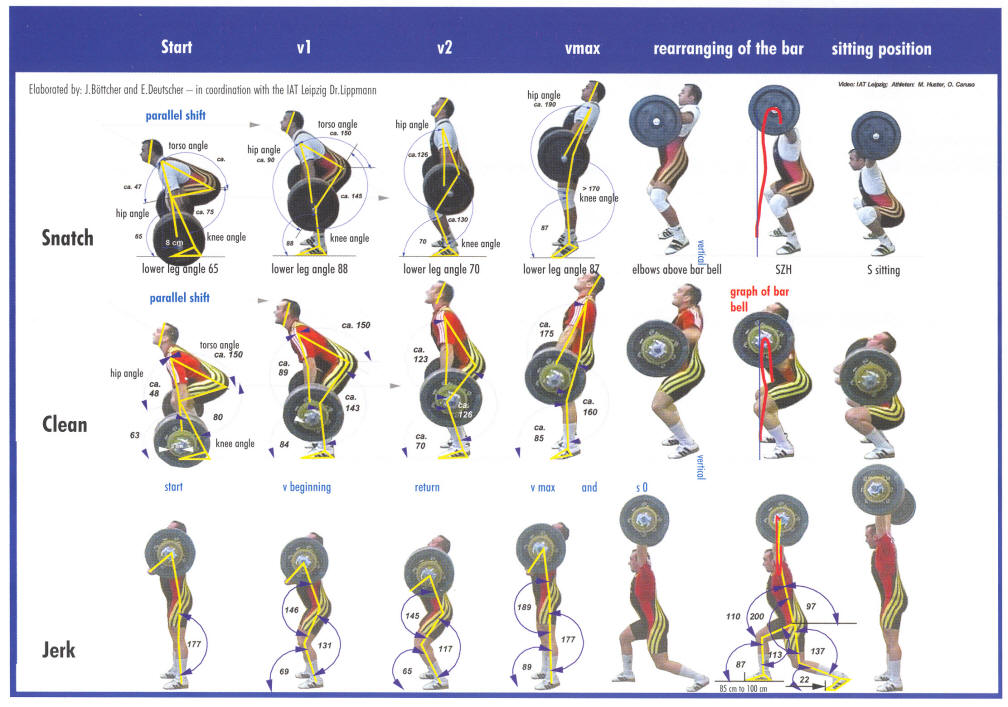

“What actually causes lift is introducing a shape into the airflow, which curves the streamlines and introduces pressure changes – lower pressure on the upper surface and higher pressure on the lower surface,” clarified Babinsky, from the Department of Engineering. When the video is paused, it’s clear that the transit times above and below the wing are not equal: the air moves faster over the top surface and has already gone past the end of the wing by the time the flow below the aerofoil reaches the end of the lower surface. To show that this common explanation is wrong, Babinsky filmed pulses of smoke flowing around an aerofoil (the shape of a wing in cross-section). In the worst case, it can lead to a fundamental misunderstanding of some of the most important principles of aerodynamics.”
Does ilift work manuals#
You find it taught in textbooks, explained on television and even described in aircraft manuals for pilots.

“I don’t know when the explanation first surfaced but it’s been around for decades. It’s often said that this happens because the airflow moving over the top, curved surface has a longer distance to travel and needs to go faster to have the same transit time as the air travelling along the lower, flat surface. “A wing lifts when the air pressure above it is lowered.

Now, University of Cambridge’s Professor Holger Babinsky has created a 1-minute video that he hopes will finally lay to rest a commonly used yet misleading explanation of how wings lift. It’s one of the most tenacious myths in physics and it frustrates aerodynamicists the world over.


 0 kommentar(er)
0 kommentar(er)
